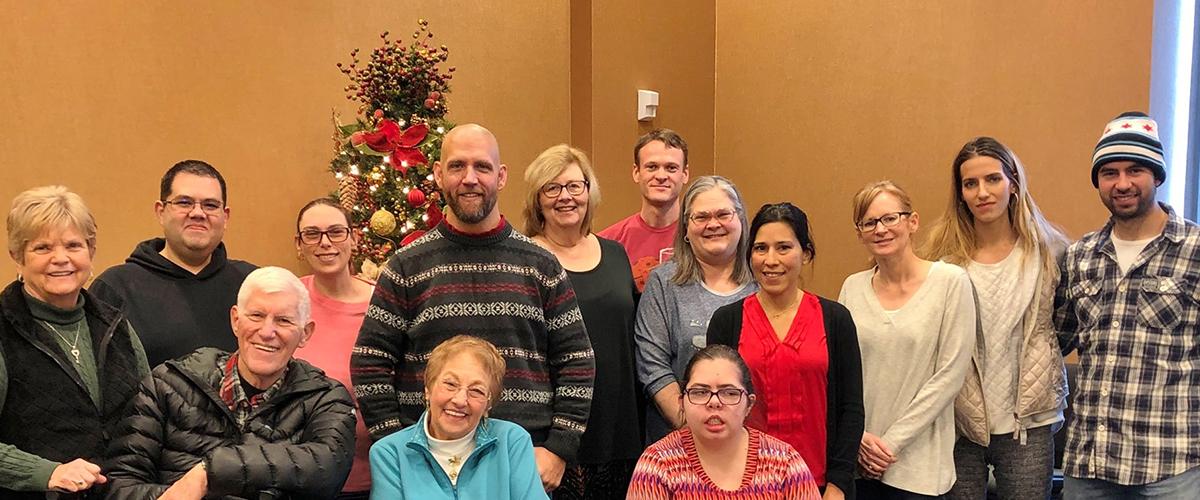Patterns:
-
Skeletal muscle weakness is a major feature of DM1.
-
The weakness progresses at the relatively slow rate of 1 to 3 percent per year. With time, it impedes mobility and activities of daily living.
-
In general, flexors weaken more than extensors, and distal muscles weaken before proximal muscles.
-
Bone abnormalities of the skull create elongated facial features and other impacts including jaw and palate abnormalities. Some may require surgical intervention.
-
Myotonia – sustained muscle contraction and difficulty relaxing muscles – is a hallmark of DM1 and is an aspect of the disease that distinguishes it from other forms of muscular dystrophy. It affects nearly 100 percent of adult-onset DM1.
-
Myotonia can contribute to muscle stiffness, pain, prolonged hand grip, speech and swallowing difficulties, and GI issues.
Symptoms:
-
Typical effects of adult-onset DM1 on skeletal muscle include the following:
-
Weakness and atrophy of the jaw and facial muscles, leading to thinning of the facial contour and reduced facial expression.
-
Weakness of the facial, tongue and palatal muscles, leading to indistinct speech and chewing and swallowing difficulties.
-
Weakness of the eyelid muscles, leading to drooping of the eyelids.
-
Neck flexor weakness, causing difficulty raising the head from a surface.
-
Neck extensor weakness, leading to a dropped head posture and difficulty holding the head up.
-
Abdominal and spine erectors weakness.
-
Weakness of the diaphragm and other breathing muscles, causing respiratory symptoms.
-
Distal upper limb muscle weakness, interfering with dexterity, handwriting and activities of daily living.
-
Weakness of the foot dorsiflexor muscles, leading to ankle foot drop and subsequent difficulties of balance and walking.
-
Calf muscle weakness, causing difficulty with jumping or rising up on toes and running.
-
Impacts to employment and activities of daily living due to loss of ambulation The combination of weak calf muscles and foot drop can lead to instability of the ankles, difficulty standing still, frequent falls and difficulty with walking and stair climbing. As proximal knee and hip muscles are affected, greater difficulty rising from a seated position is experienced.
-
Diagnosis:
-
Discuss the following tests with your doctor:
-
Assessment of difficulty related to activities of daily life.
-
Grip myotonia test.
-
Percussion myotonia test.
-
Needle electromyogram (EMG).
-
Treatment:
-
Assistive devices or modifications in the home, school or workplace.
-
Evaluate annually through the primary care provider or appropriate specialists, including physical therapists/physiotherapists, occupational therapists, speech/language pathologists, dietitians/nutritionists, social workers, nurses/nurse practitioners, physiatrists and orthopedists, to monitor the above.
-
Moderate- or low-intensity aerobic and resistance exercise, minimizing sedentary activities, if possible.
-
Consider a cardiac evaluation prior to starting a new exercise routine.
-
Assistive and adaptive devices such as orthoses, braces, canes, walkers, hand-splints, etc.
-
Home and environmental modifications as necessary.
-
Mexiletine is often recommended for the treatment of myotonia.

